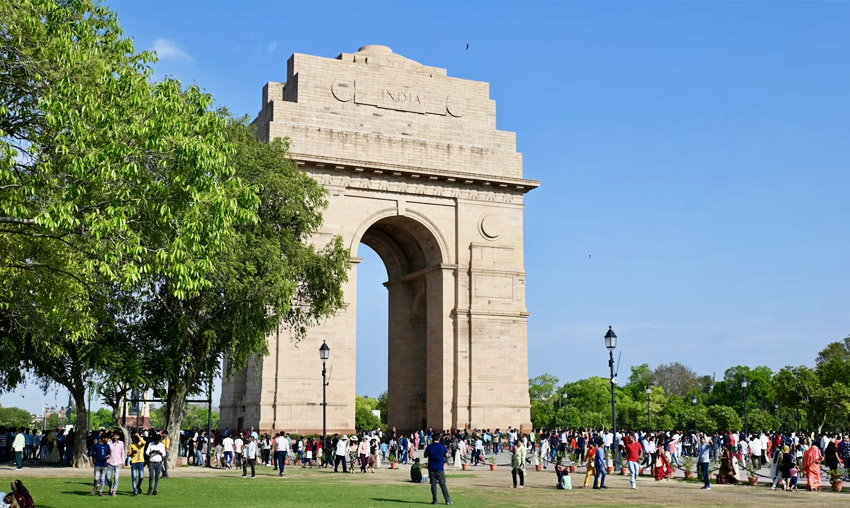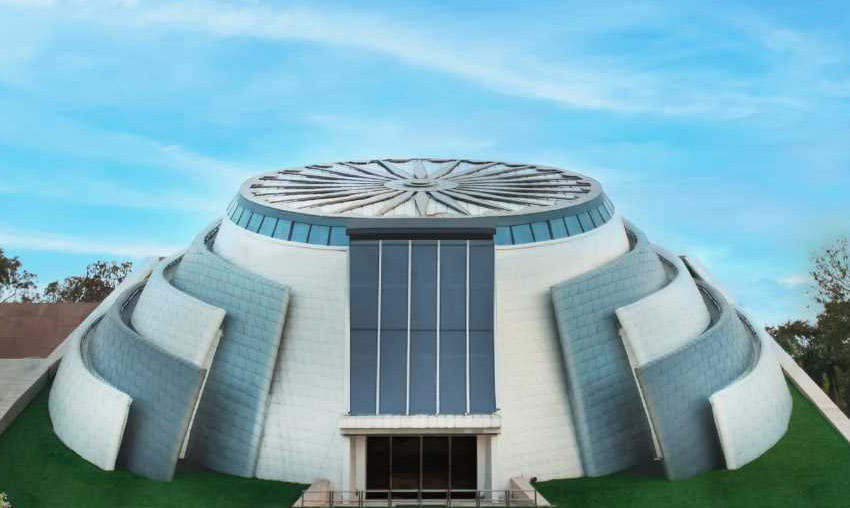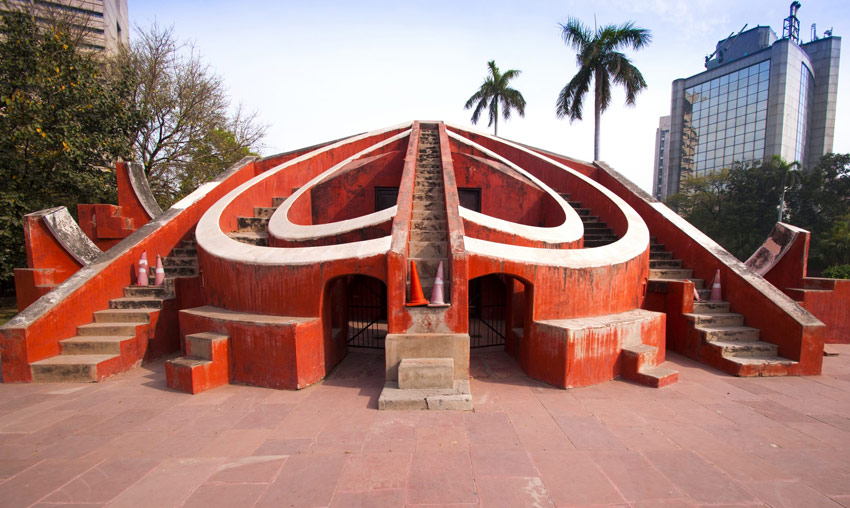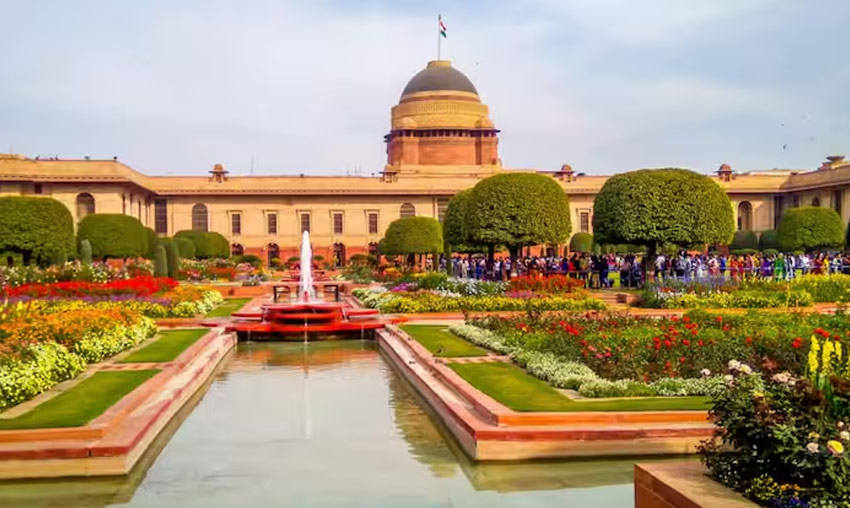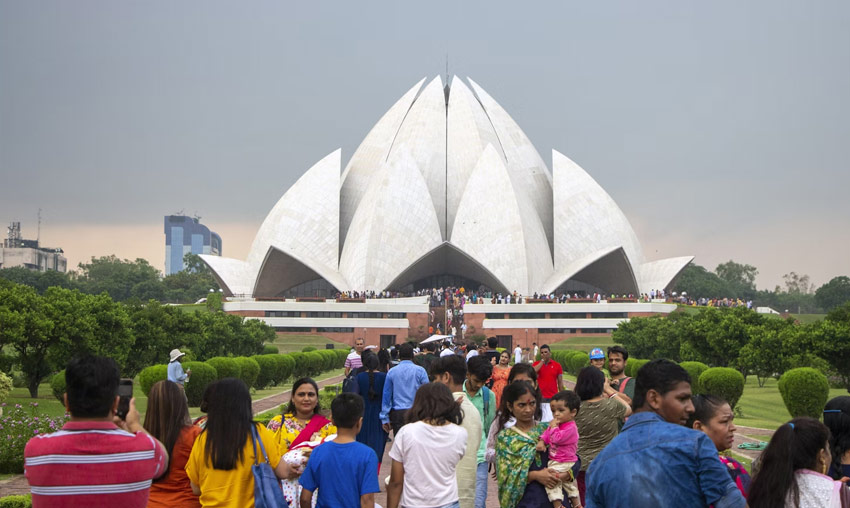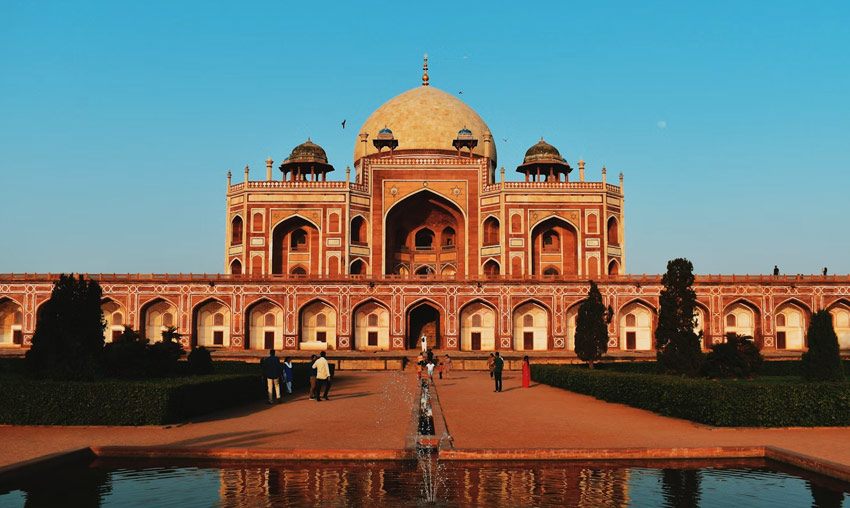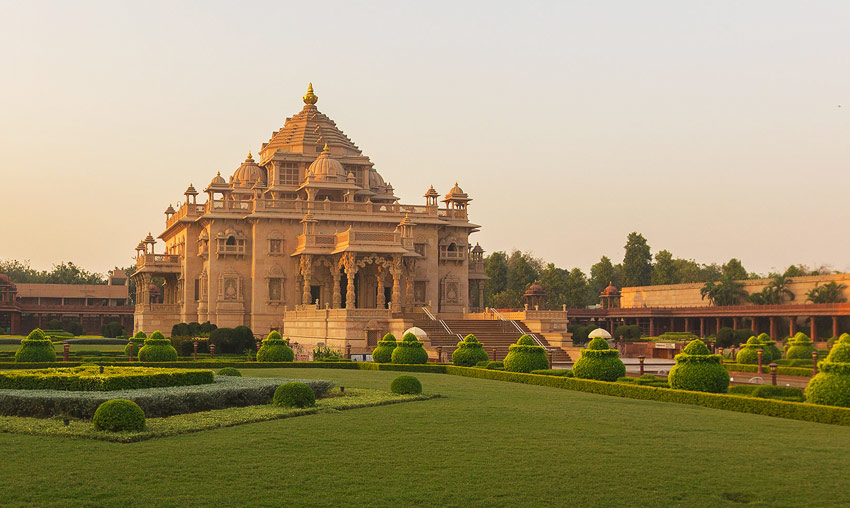Located in New Delhi along the Rajpath is the All India War Memorial, also referred to as the India Gate. India Gate’s massive construction is a sight to behold, frequently drawing comparisons to Rome’s Arch of Constantine, Mumbai’s Gateway of India, and France’s Arch de Triomphe. Designed by Sir Edwin Lutyens, this 42-meter-tall historical building is one of the nation’s largest war memorials. Another notable event held annually at India Gate is the Republic Day Parade.
The names of 13,300 servicemen are engraved on the surface of this monument, which is dedicated to the 82,000 Indian and British soldiers who lost their lives in the First World War and the Third Anglo-Afghan War. Right beneath the archway, on the grounds of India Gate, lies the Amar Jawan Jyoti, a lit structure. Given its impressive architecture and rich historical legacy, India Gate has grown to be one of the city’s most well-liked picnic locations.
History of India Gate
As part of a British plan to erect tombs and memorials for all Indian and British soldiers who served as the British Empire’s representatives in World War I, work on the India Gate began in 1921. On February 10, 1921, the Duke of Connaught lay the war memorial’s foundation stone. On February 12, 1931, Viceroy of India Lord Irwin officially opened the memorial. In order for future generations to remember the brave sacrifices made by these troops for the love of their country, it was dedicated to all of the servicemen who lost their lives in combat.
Amar Jawan Jyoti
A tiny black marble shrine-like building with a fire blazing inside is located beneath the India Gate. In honour of all the troops who lost their lives in the Bangladesh Liberation War, Amar Jawan Jyoti, also known as the Flame of Immortal Soldier, was built beneath the India Gate following the Indo-Pakistani War in 1971. On top of a marble pedestal, there is a black cenotaph. The word “Amar Jawan” is inscribed in gold on the cenotaph’s four sides. An inverted L1A1 self-loading gun with a soldier’s helmet is positioned on the cenotaph. Four urns surround the marble pedestal, one of which is lit continuously. The memorial is guarded 24/7 by soldiers of Indian Army, Indian Navy and Air Force.
Design of India Gate
The All India War memorial in New Delhi was designed by one of the best war memorial designers, Sir Edwin Lutyens. India Gate is situated in the middle of a complex that is hexagonal in shape and has a diameter of 625 meters. The gate is 3,60,000 square meters in total. Its height is 42 meters, and its width is 9.1 meters. It climbs gradually after resting on a low red stone base from Bharatpur. The top of the India Gate has a shallow basin with a dome form that is occasionally filled with burning oil on special occasions. Putting aside cultural and religious feelings, the India Gate is a secular memorial. Lutyen employed a global architectural style devoid of any religious embellishments. Due to its similarities to the original building, it has often been referred to as the Arch de Triomphe remake. Another Edwin Lutyens creation is a canopy-like structure located 150 meters just behind the magnificent India Gate. It had a statue of Lord George V. but later it was removed.
India Gate at Night
Even while India Gate is magnificent at any time of day, the hours following sunset are when it is at its most magnificent. Even late at night, India Gate is bustling with activity. After enjoying a leisurely walk down the Rajpath with a view of the India Gate, pick up your favourite ice cream and head back home.
Activities at India Gate
There are plenty of activities around India Gate to enjoy time spent outside. Among them are:
- Picnic: With India Gate in the backdrop, this is a great place to spend some peaceful time with friends and family.
- Early walk: A wonderful way to start the day is to take a stroll along the Rajpath in the direction of the India Gate.
- Indulge in some mouthwatering street cuisine: India Gate is surrounded by a number of street vendors. Savour corn on the cob during the monsoon season and chuskis and ice cream on a warm, bright day.
- Children’s Park: The neighbourhood children’s park might be an enjoyable area for the young ones.
See More Places to Visit in Delhi
Best Time To Visit India Gate
Delhi experiences extremely high temperatures. Summers and winters are oppressive, although outside activities are limited by the monsoon. Yet, February through April and August through November are the best times of year to visit Delhi. You can visit India Gate at any time of day. With ideal illumination, the nighttime vista is stunning. India Gate is adorned to provide a striking sight on Independence Day (August 15) and Republic Day (January 26).
How to Reach India Gate
By metro is the most convenient way to get to India Gate. The Central Secretariat Metro Station, located on the Yellow Line, is the closest metro station. Barakhamba, Race Course, and Pragati Maidan are additional metro stations. To get to India Gate, use an autorickshaw or taxi outside the metro station. Alternatively, you can travel from any location in the city to catch the DTC bus. Buses headed for India Gate also stop at Patiala House.
Time Required : 1-2 hours
Entry Fee : No entry fee
Where to Park :
- Shahjahan Road: (10 Minutes Walk)
- Hyderabad House: Nearest Parking Spot
- Bikaner House at Pandara Road (10-12 Minutes Walk)
- NDMC Parking at Pandara Road (10-12 Minutes Walk), INR 30 Per Hour
- Delhi High Court parking (15 Minutes Walk), INR 30 Per Hour
- Man Singh Road: Follow Ashoka road from India Gate Circle and take a left diversion to Man Singh Road (8-10 minutes walk); Free
Nearest Metro Station : Central Secretariat
Foundation Stone : Laid Down: 1921
Unveiled On: 1931
Unveiled By: Indian Viceroy Lord Irwin
Amar Jyoti Jawan : Built-In: 1971
When: Post- Bangladesh Liberation War
Symbolises: the eternal, immortal soldiers of India
